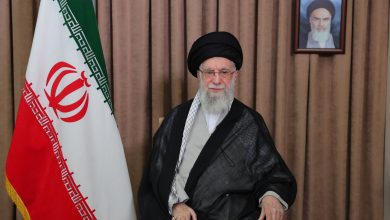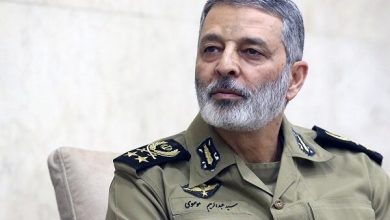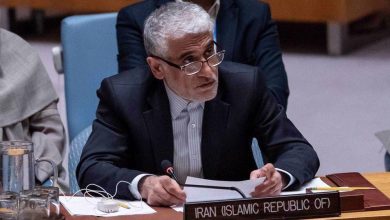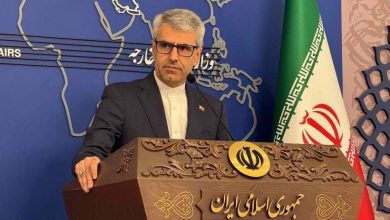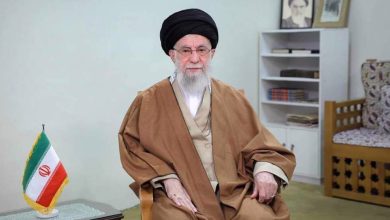Tanks unable to traverse even a quarter of the distance they covered in the 2006 operations, highlighting a setback in zionist regime’s ground maneuvers
A wide array of TV channels, newspapers, politicians, journalists, analysts, and social media platforms are actively engaged...
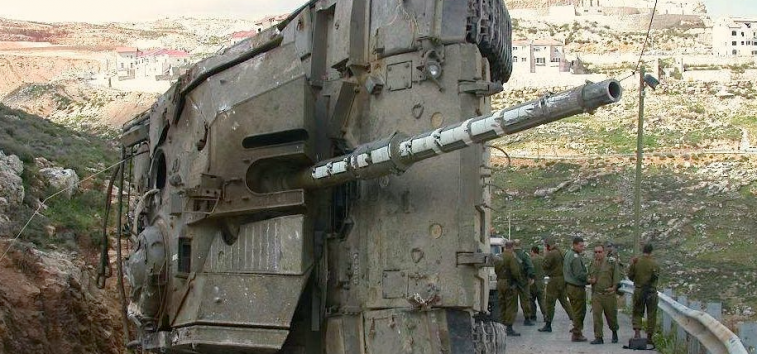
Television stations, print media, political figures, journalists, analysts, and social media platforms are all actively engaged in delivering real-time coverage of the ongoing military confrontation between Hezbollah and the Israeli occupation forces. Their reporting aligns with their respective values, principles, and political affiliations.
The ongoing military conflict with Israeli forces is coupled with a campaign of antagonistic propaganda designed to bolster Israel’s objectives in its offensive against Lebanon. It is imperative to categorically denounce any misrepresentation of facts intended to substantiate unfounded claims or narratives.
It is highly unethical to report that adversary forces have seized control of a particular town while hostilities continue to unfold in the surrounding area.
Since the onset of Israel’s ground incursion into southern Lebanon, certain media outlets have sought to highlight the perceived successes of the Israeli military actions while downplaying the accomplishments of the Resistance forces.
In a striking case illustrating this point, recent reports have highlighted that Israel’s ground advances are progressing at a significantly faster pace compared to the operations in 2006. This narrative is being promoted to underscore the assertion that Hezbollah’s strength in 2024 has diminished since its 2006 capabilities.
A factual comparison between the Zionist ground invasion in 2024 and the events of 2006 reveals significant differences in strategy, scale, and international response. The 2024 incursion, marked by advanced military tactics and technology, contrasts with the 2006 operation’s more conventional approach. Additionally, global diplomatic reactions and geopolitical impacts have evolved, reflecting changes in regional dynamics and international priorities.
In 2006, Israeli Merkava tanks advanced to the area of Ghandouriyeh and the Wadi Al Houjeir Reserve, approximately 10 kilometers from the Lebanese-Palestinian border, within a period of 30 days.
Israeli Merkava tanks were reportedly unable to advance beyond Deir Mimas, located approximately one kilometer from the Lebanese-Palestinian border, over a period of approximately 55 days in 2024.
In a historical comparison of military movements, the Merkava tanks made notable advances in 2006, reaching as far as Al-Bayada and the outskirts of Al-Mansouri in the Tyre district. In contrast, by 2024, enemy vehicles progressed only to the outskirts of Shamaa and Al-Bayada, marking a change in territorial reach over the years.
Islamic Resistance forces are valiantly defending the South Lebanese towns, such as Khiam and Bint Jbeil, against Israeli ground advances. Observers note that the current pace of the Israeli military’s progression is markedly slower compared to its advance in 2006.
Advocates of the Israeli ground offensive are urged to remain vigilant as the ramifications of the conflict are expected to gradually unfold.

